Option 1: Space Engine
Space Engine is a universe simulator, which also can capture 360-degrees panorama in space and from planet's surface. It has endless number of procedurally generated worlds, so you can find literally any space environment or any planetary sky you want (sand planet with binary suns, for example). Beta versions before 0.99 are free to download from the official forum. For me, 0.9.6 is the most stable.
Pre-release versions may be incompatible with new nVidia drivers. If the game crashes on startup, try this solution I found on Reddit. It worked for me.
- Download nVidia Profile Inspector here: https://github.com/Orbmu2k/nvidiaProfileInspector/releases and launch it.
- Select SPACE ENGINE profile
- Roll down to "5 - Common" group
- Edit "Extension limit" entry to "0x0000A474 (Growtopia)"
- Hit Apply.
- Done.
Of course, release version of SpaceEngine is available at Steam, but it's paid.
Launch the game, fly to any location in space, planet or asteroid surface you like, then press Escape to open main menu and select "Tools" (or "Editor" in pre-release versions), and then "Export skybox". Leave default settings (or increase/decrease resolution) and press "Export". That's all.

Now you can find six images in [installation directory]/export in Steam version or [installation directory]/cache/export in an old version.
We just need to rename them and optionally convert from tga to jpg:
- sky_neg_x -> planetname_bk
- sky_pos_x -> planetname_ft
- sky_neg_y -> planetname_dn
- sky_pos_y -> planetname_up
- sky_neg_z -> planetname_lf
- sky_pos_z -> planetname_rt
Space Engine has tons of settings to adjust visuals. I usually decrease stars brightness and hide lens flares.
Option 2: Unreal Engine
Default start level in UE5 has basic sky/atmosphere setup, plus you're free to add any objects (city landscape, for example) in viewport. Also, UE5 can capture panorama in HDR. So it's a pretty good tool.
Note: here I assume you're at least slightly familiar with UE, can download it, install, launch and modify a game scene.
After you finish your scene, from "Place Actors" window find and drag SceneCaptureCube to some location in viewport. Just make sure it's above the ground. Select the actor, and at the "Details" tab set "Capture Source" to "Final Color" in HDR or sRGB or LDR depending on your needs.

In Content Browser create new skybox texture: click "+Add" button -> Texture -> Cube Render Target. Double-click on the created asset to open it. In the "Details" tab set "Size X" to 1024 or 2048. In the same tab set or uncheck HDR checkbox.


Close the texture window, make sure again you selected SceneCaptureCube actor in viewport, and in "Texture Target" field (at the "Detalis" tab) select the texture asset you've just created. UE will render it immediately, and you should see the skybox if you open the texture asset again.

Right mouse click at the texture asset in Content Browser and in the popup menu select Asset Actions -> Export. There are two useful export file types: HDR (regardless of your capture format) and DDS.

DDS already contains cubemap as 6 images. You just need a software to extract them. But I usually use HDR format (which contains single sky texture) and Blender with "Blender BSP Importer" plugin by SomaZ to generate six cube textures from it.
If you are not familiar with it:
Download and install Blender, download Blender BSP Importer plugin as zip archive.
In Blender go to menu Edit -> Preferences -> Add-ons, then click small button at the right top corner of the "Blender Preferences" window, and finally click "Install from Disk...".

Then select the zip file you've just downloaded. That's all. For other purposes you need to specify JA Base folder at the plugin's settings, but cubemap generation works without it.
In Blender, go to "Rendering" mode and import your skybox texture (just drag&drop it to Blender). Open "ID3 Mapping" from vertical strip (at the right from viewport/texture view) and click the only available button "Make skybox from equirectangular".

Now your Blender project has 6 new textures. Open them one by one at the rendering tab and select Image -> Save as... to save as files.


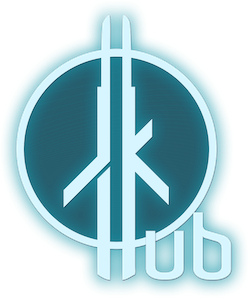
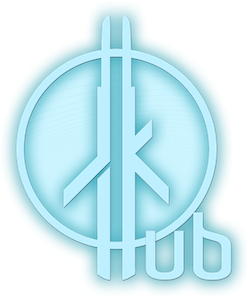
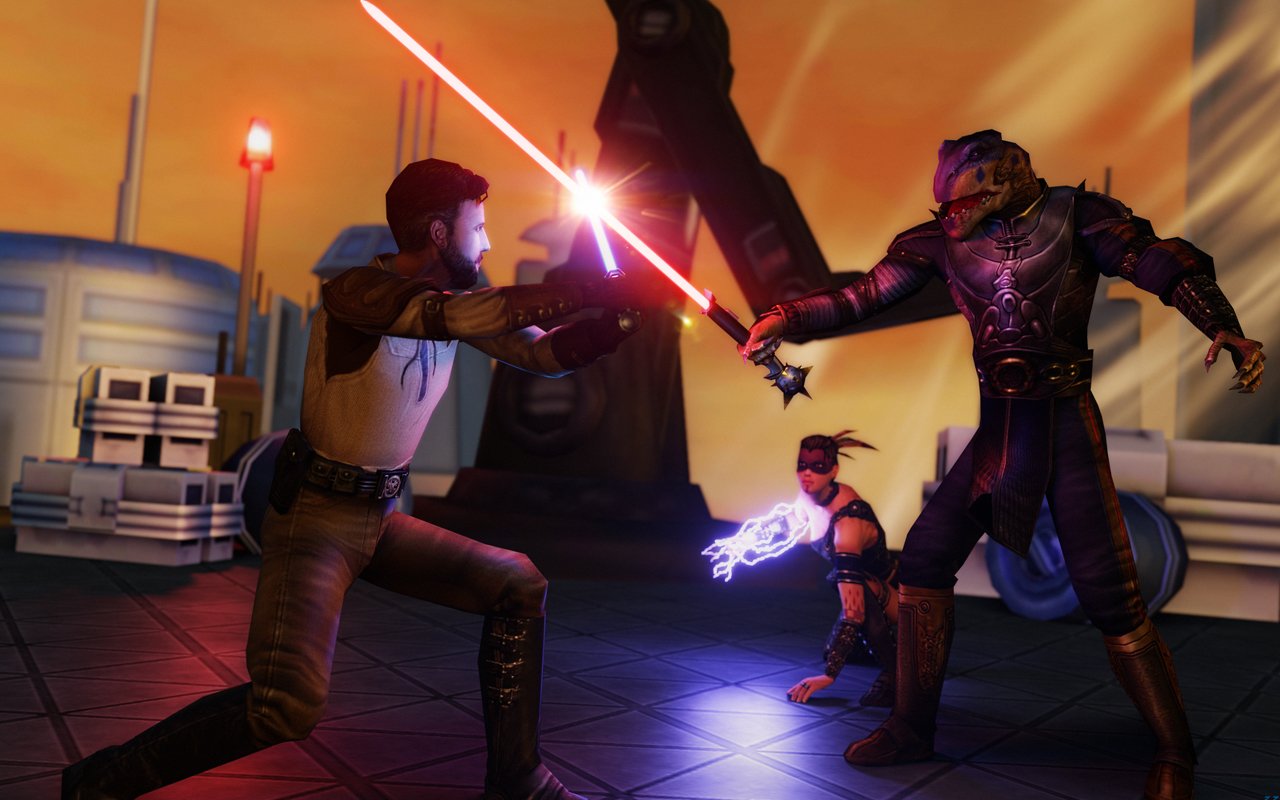
 1st Place Winner Reepray with Rishi Station 2,
1st Place Winner Reepray with Rishi Station 2,  2nd Place Winner chloe with Oasis Mesa, and
2nd Place Winner chloe with Oasis Mesa, and  3rd Place Winner Artemis with TFFA Brutal! Amazing submissions by everyone!
3rd Place Winner Artemis with TFFA Brutal! Amazing submissions by everyone!
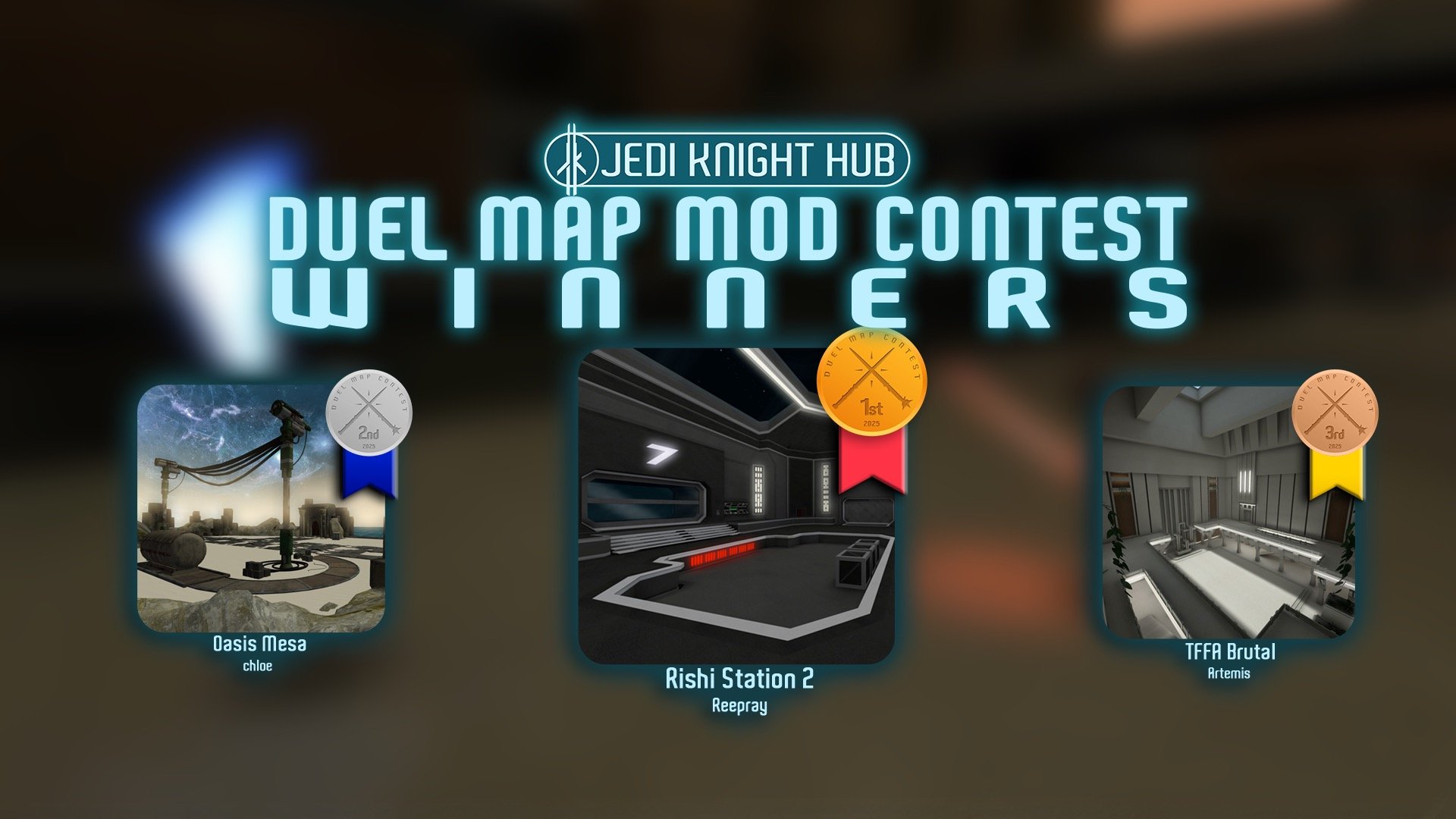
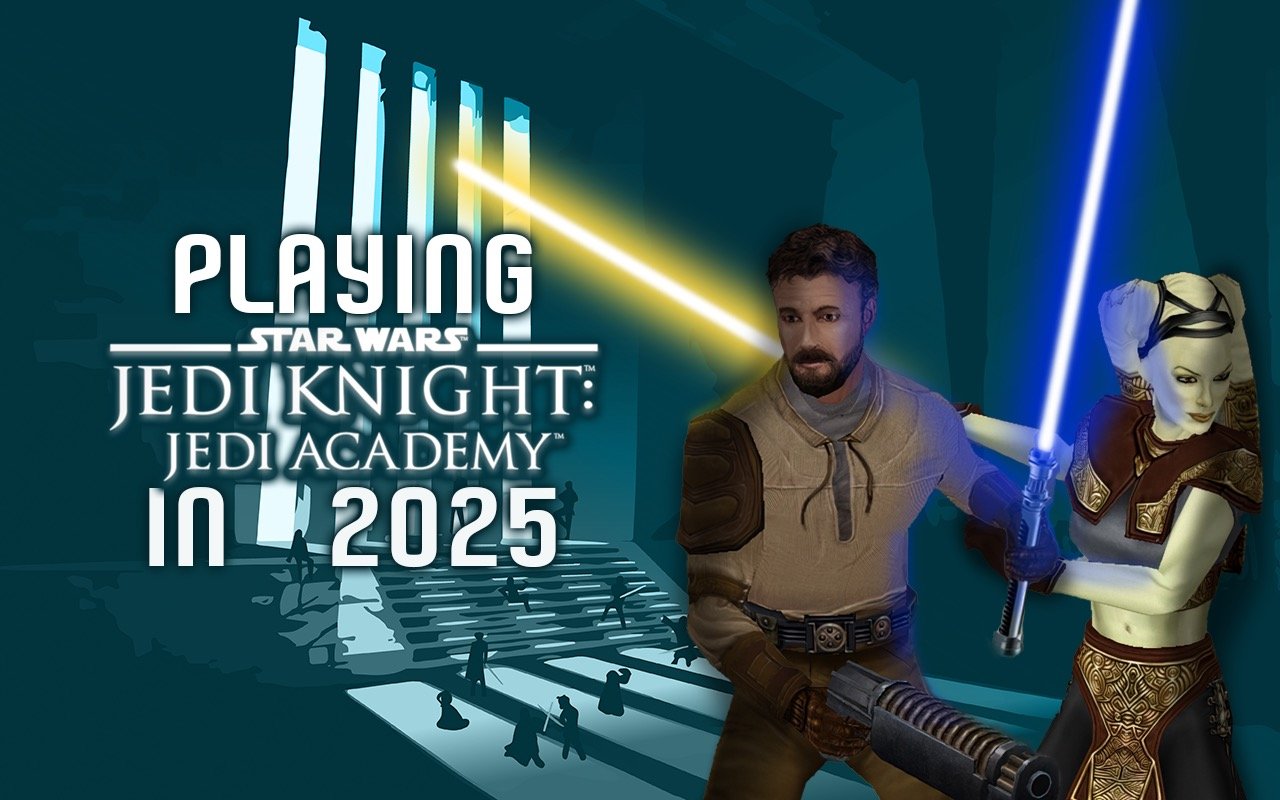

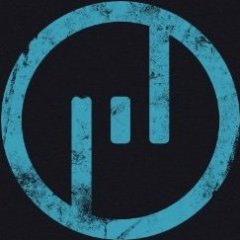
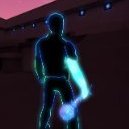
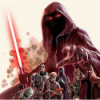
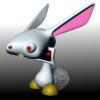
Recommended Comments
There are no comments to display.
Create an account or sign in to comment
You need to be a member in order to leave a comment
Create an account
Sign up for a new account in our community. It's easy!
Register a new accountSign in
Already have an account? Sign in here.
Sign In Now